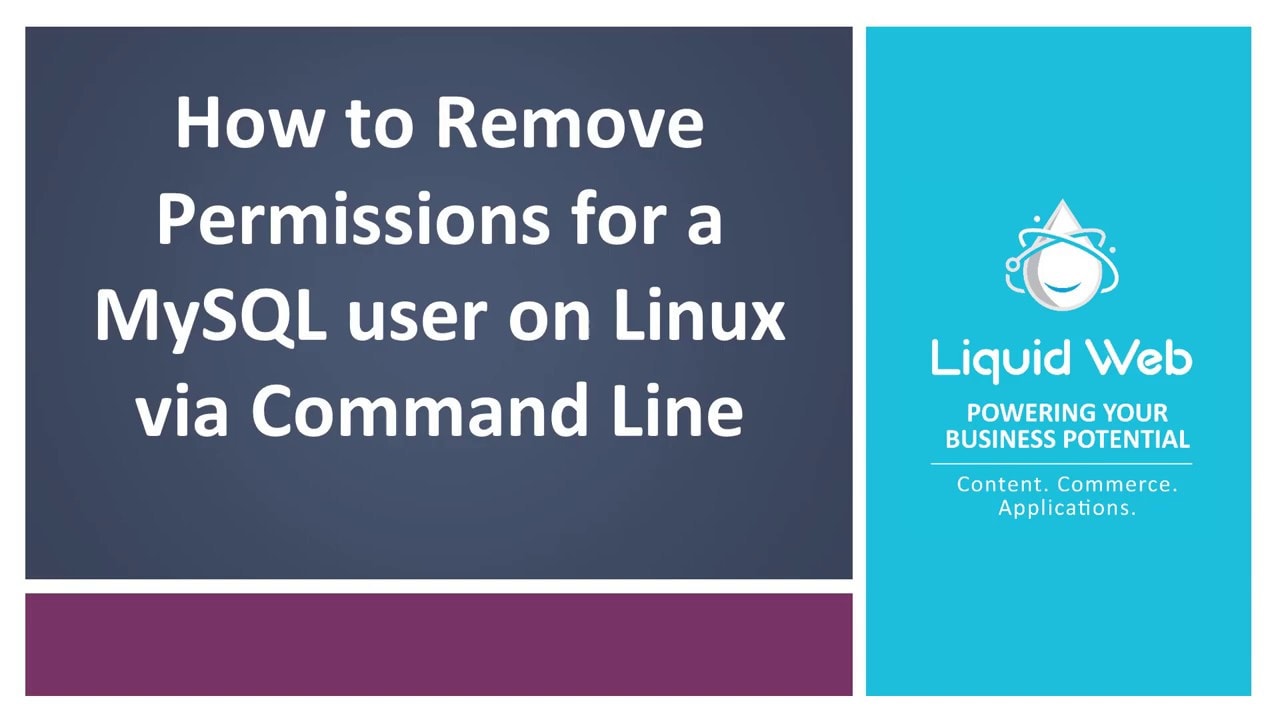Tag: Update
Updating your system is a common task for most server admins and its essential for server security. Follow our Knowledge Base tutorials to update your server's software today!
It is highly recommended that you take an image of your existing server prior to following these instructions. Doing so will ensure that if something unexpected occurs, you will be able to restore your server from the backup image.
OpenSSL is a common cryptographic library which provides encryption, specifically SSL/TLS, for popular applications such as Apache (web), MySQL (database), e-mail, virtual private networks (VPNs), and more.
What is OpenSSL?
OpenSSL is a common cryptographic library which provides encryption, specifically SSL/TLS, for popular applications such as Apache (web), MySQL (database), e-mail, virtual private networks (VPNs), and more.
Updating the kernel on Red Hat Linux or CentOS Linux is a very simple process. Most commonly you will use the following command in the case of a security vulnerability, or perhaps just to verify that you’re running the most up-to-date kernel:
A vulnerability found in the Linux kernel, specifically a flaw with the pseudo tty (pty) device, allows an unprivileged user to cause a denial of service (system crash) or potentially gain administrator privileges. A small number of CentOS and Ubuntu versions are vulnerable, thus we want to highlight the following information:
OpenSSL is a common cryptographic library which provides encryption, specifically SSL/TLS, for popular applications such as Apache (web), MySQL (database), e-mail, virtual private networks (VPNs), and more.
Remove Permissions for a MySQL User on Linux via Command Line
MySQL via Command Line 101: Basic Database Interaction

- These instructions are intended for revoking a MySQL user permissions on Linux via the command line
- I’ll be working from a Liquid Web Core Managed CentOS 6.5 server, and I'll be logged in as root.
First we'll log in to the MySQL server from the command line with the following command:
Our Sales and Support teams are available 24 hours by phone or e-mail to assist.

